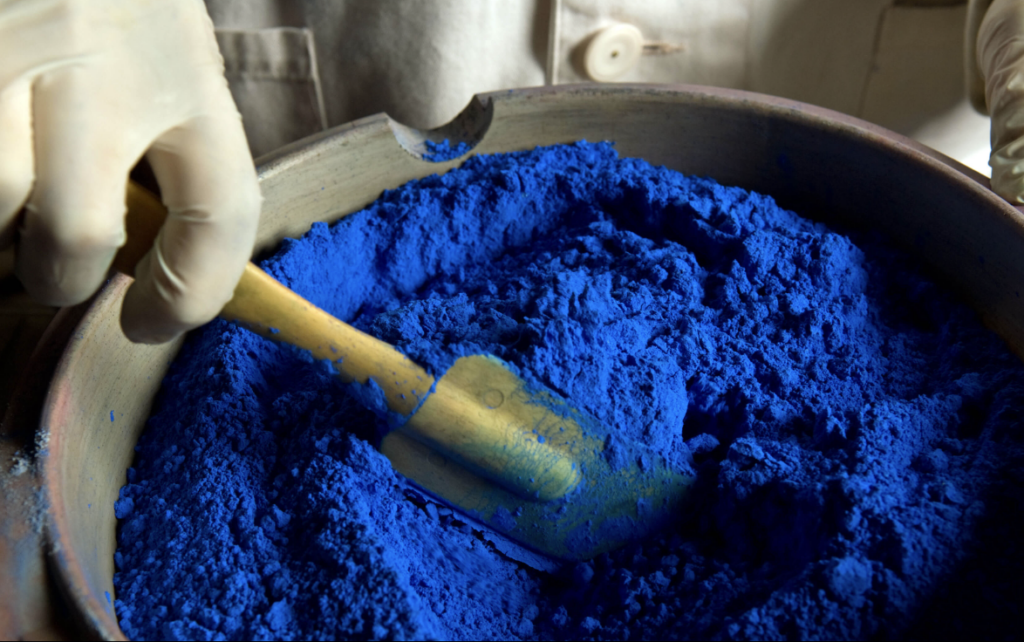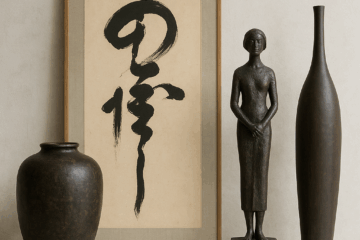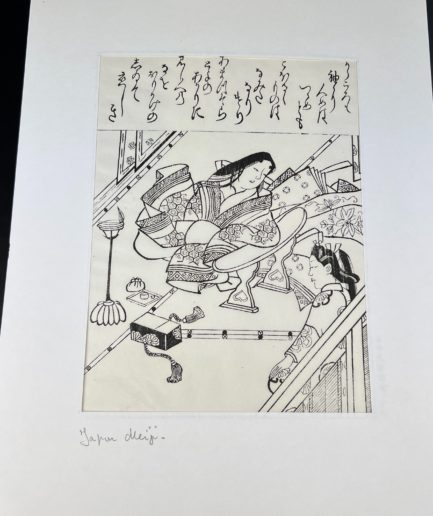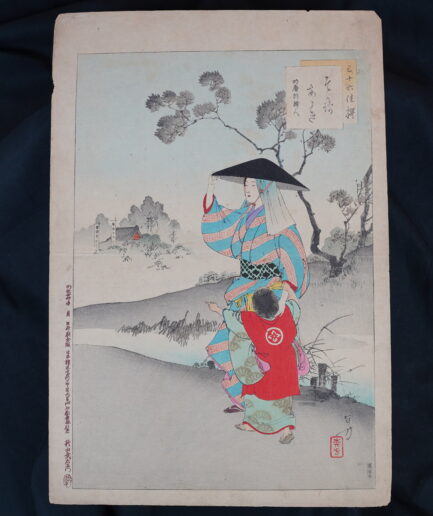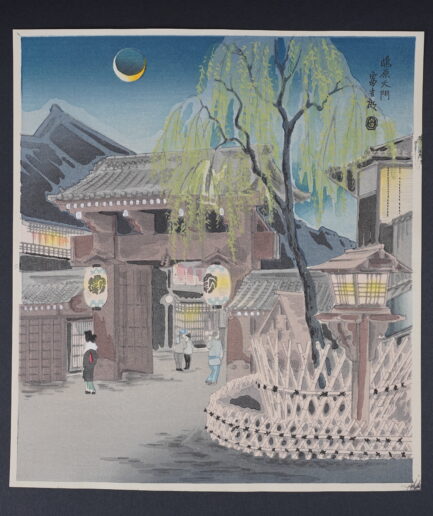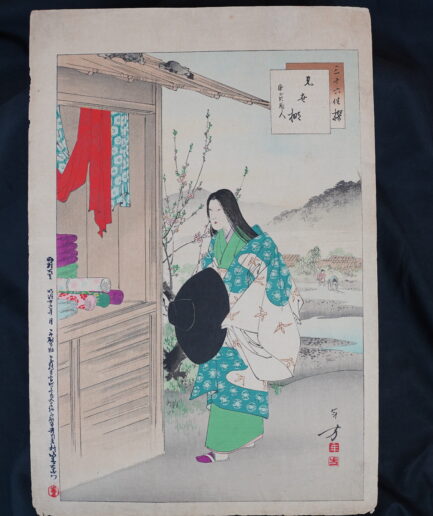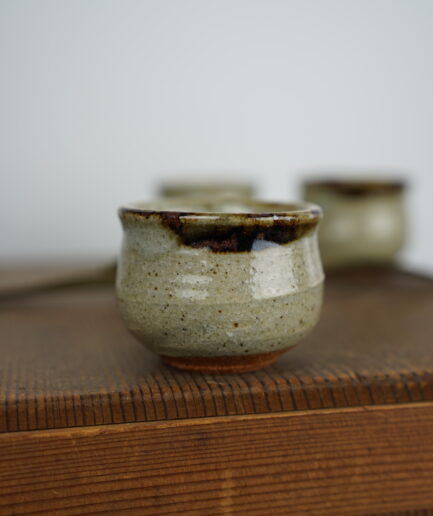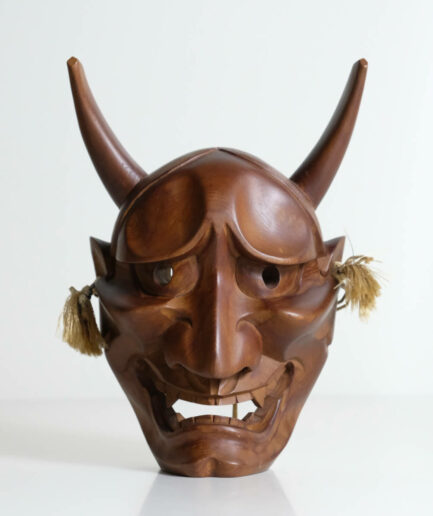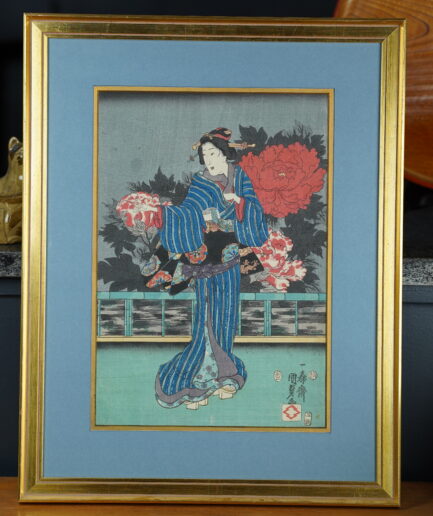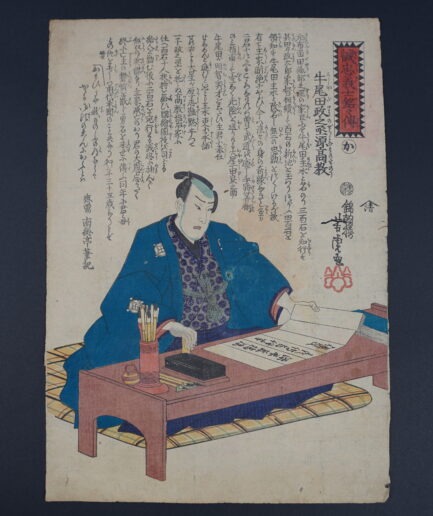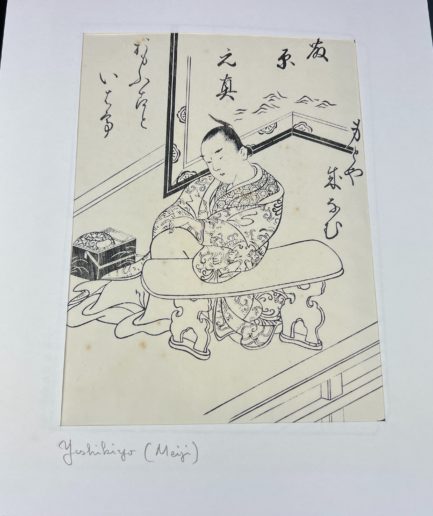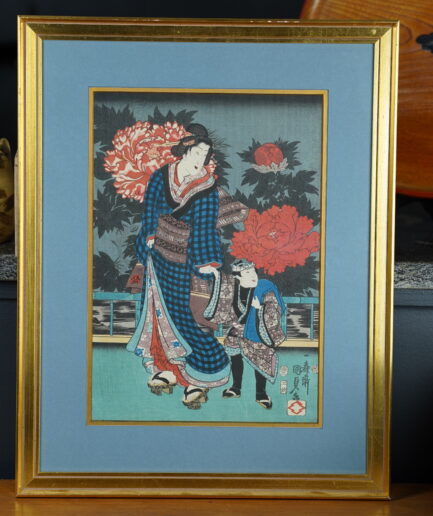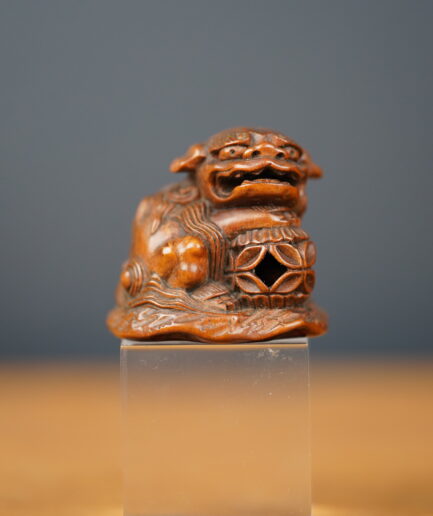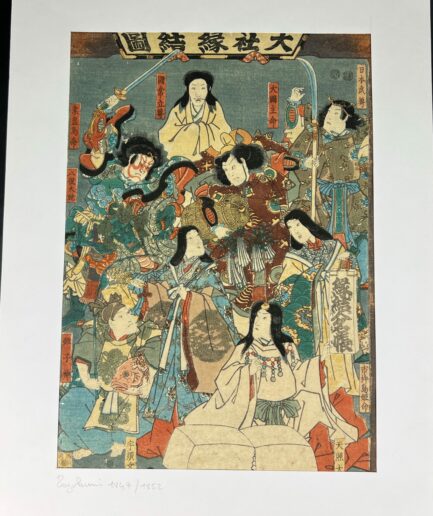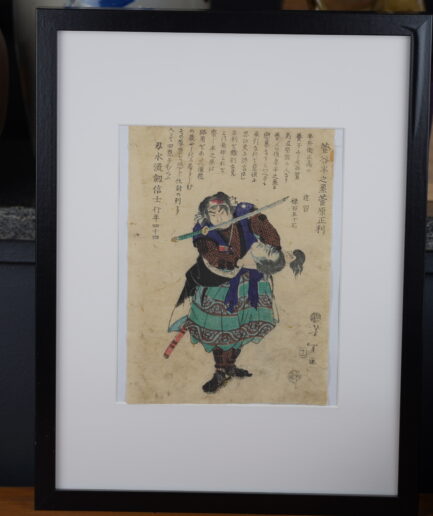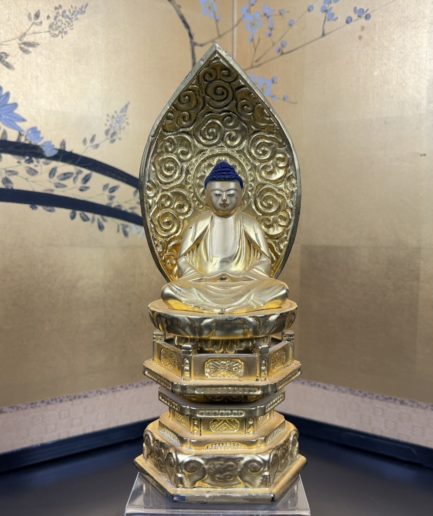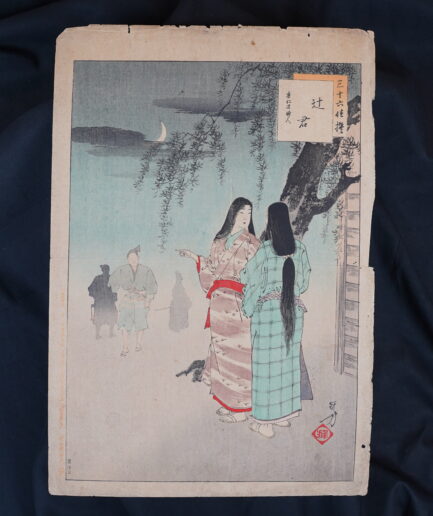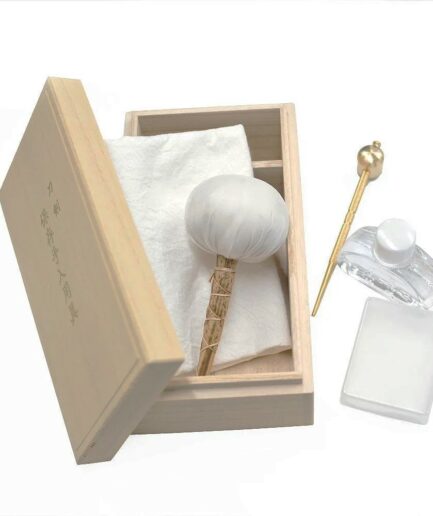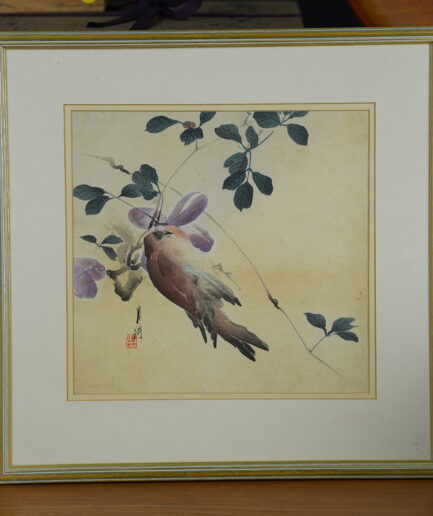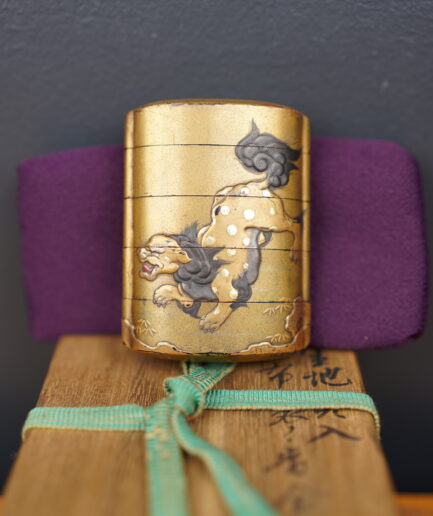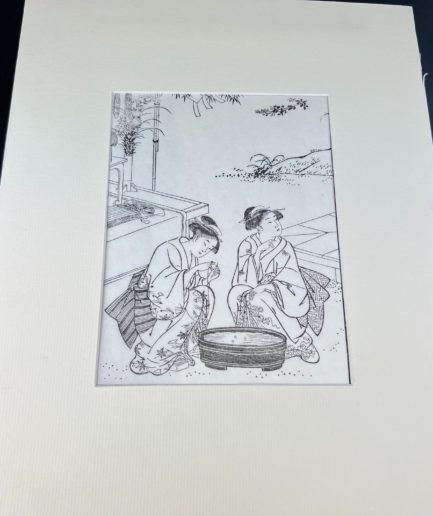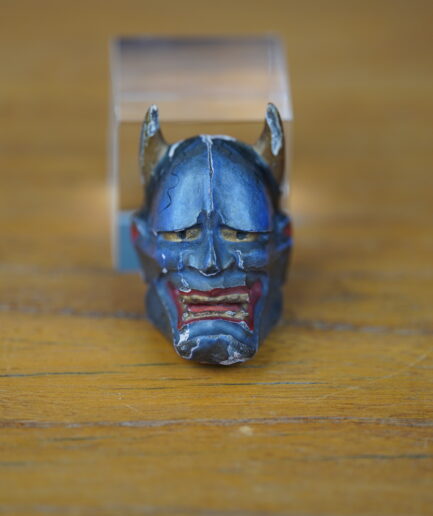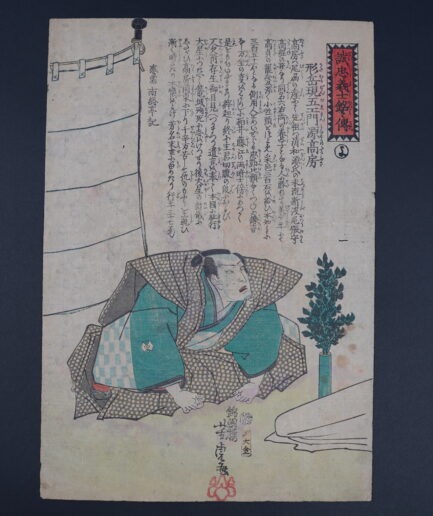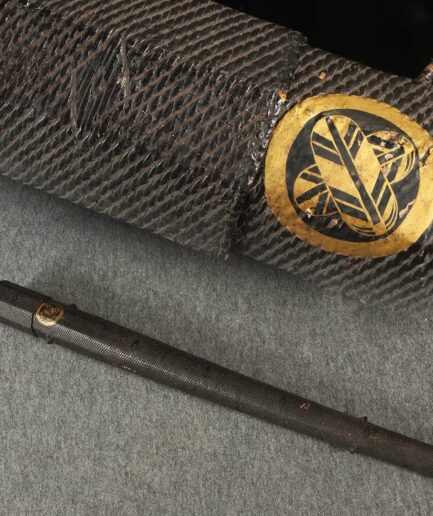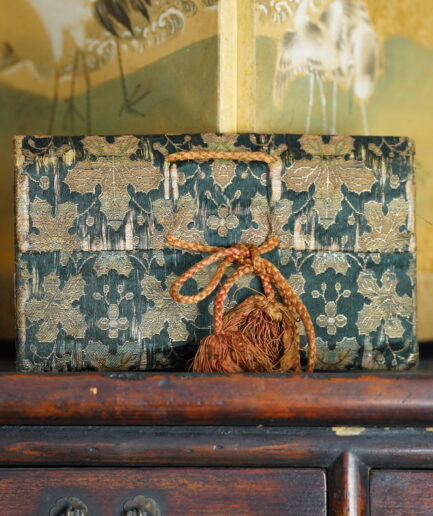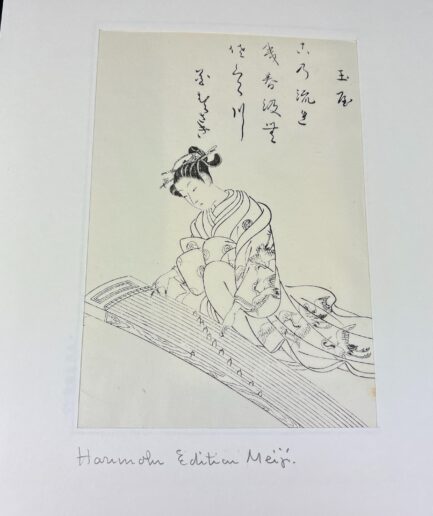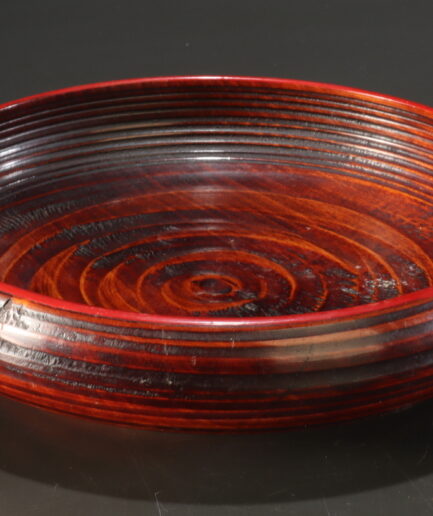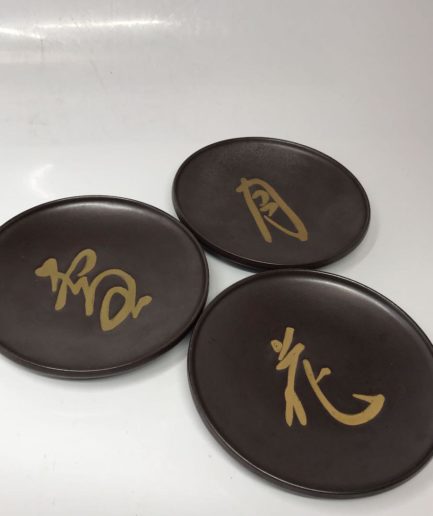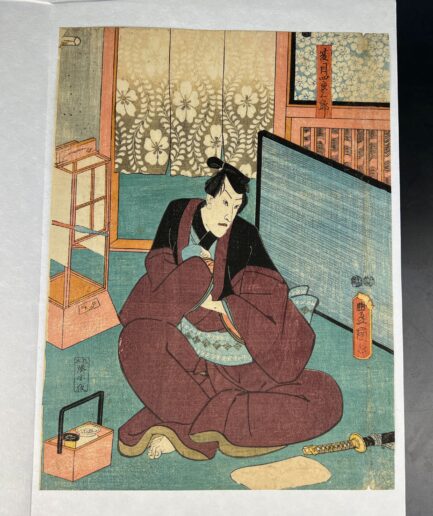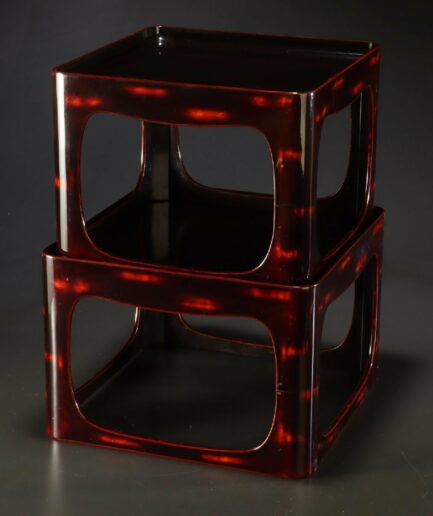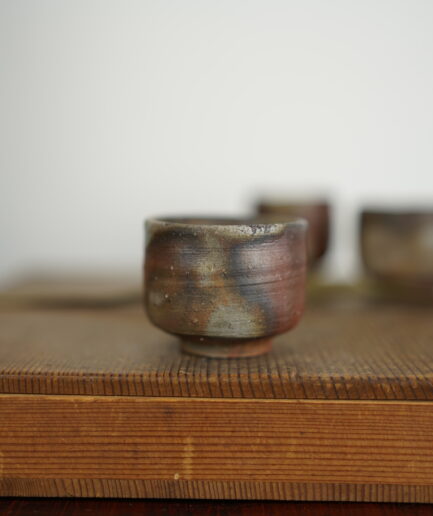A revolutionary composition
This print, the first in the series Thirty-six Views of Mount Fuji, marks a turning point in Japanese art. In it, Hokusai captures the fleeting moment when a monstrous wave, with its jagged claws of foam, seems to engulf fishing boats, while Mount Fuji, symbol of eternity, stands impassive in the background.
The use of Prussian blue, a pigment imported from Europe, revolutionized the chromatic palette of prints.
Symbolism and global influence
The work embodies mono no aware (awareness of impermanence), a central concept in Japanese aesthetics. Its impact transcends borders: Van Gogh drew inspiration from it in La Nuit étoilée, Debussy for La Mer, and contemporary manga perpetuates its legacy.
Ukiyo-e technique: between craft and poetry
Produced using the traditional woodcut method, the work requires the collaboration of an engraver(horishi) and a printer(surishi). Each copy bears witness to ancestral know-how, in which washi paper and natural pigments play a key role.
Where to admire it
While the original (single edition) is kept at the State Museum of Asian Arts (Berlin), copies can be seen at the Metropolitan Museum (New York) and the British Museum (London).
In Japan, the Sumida Hokusai Museum (Tokyo) devotes an entire section to this series.
And, of course, I can't recommend that you see the film dedicated to Hokusai!


